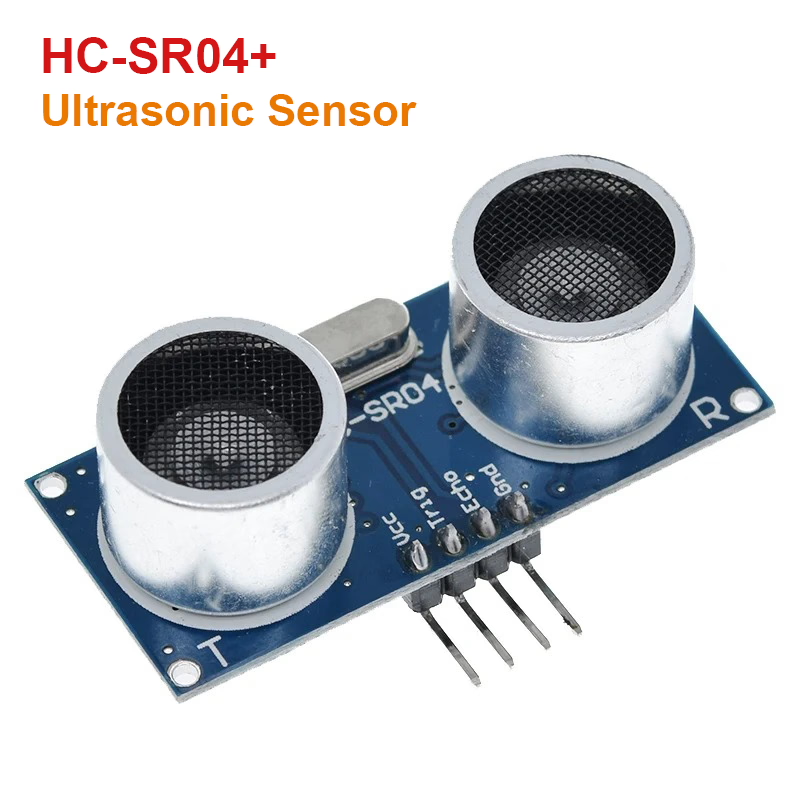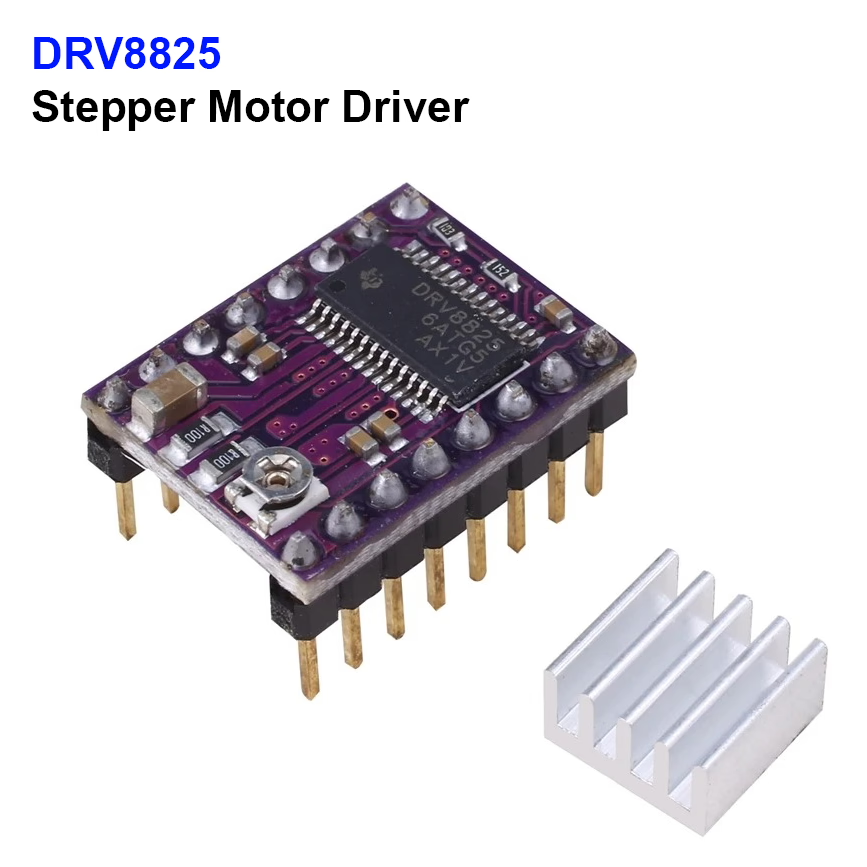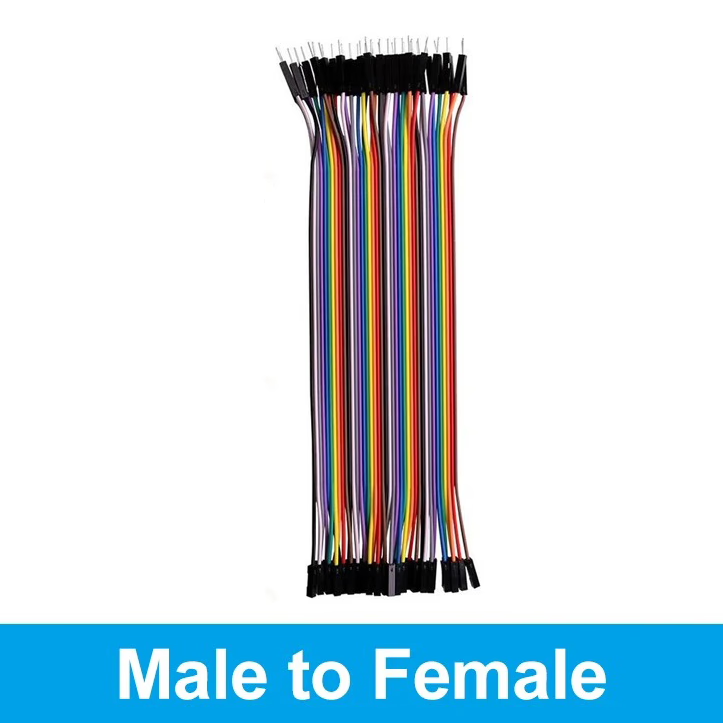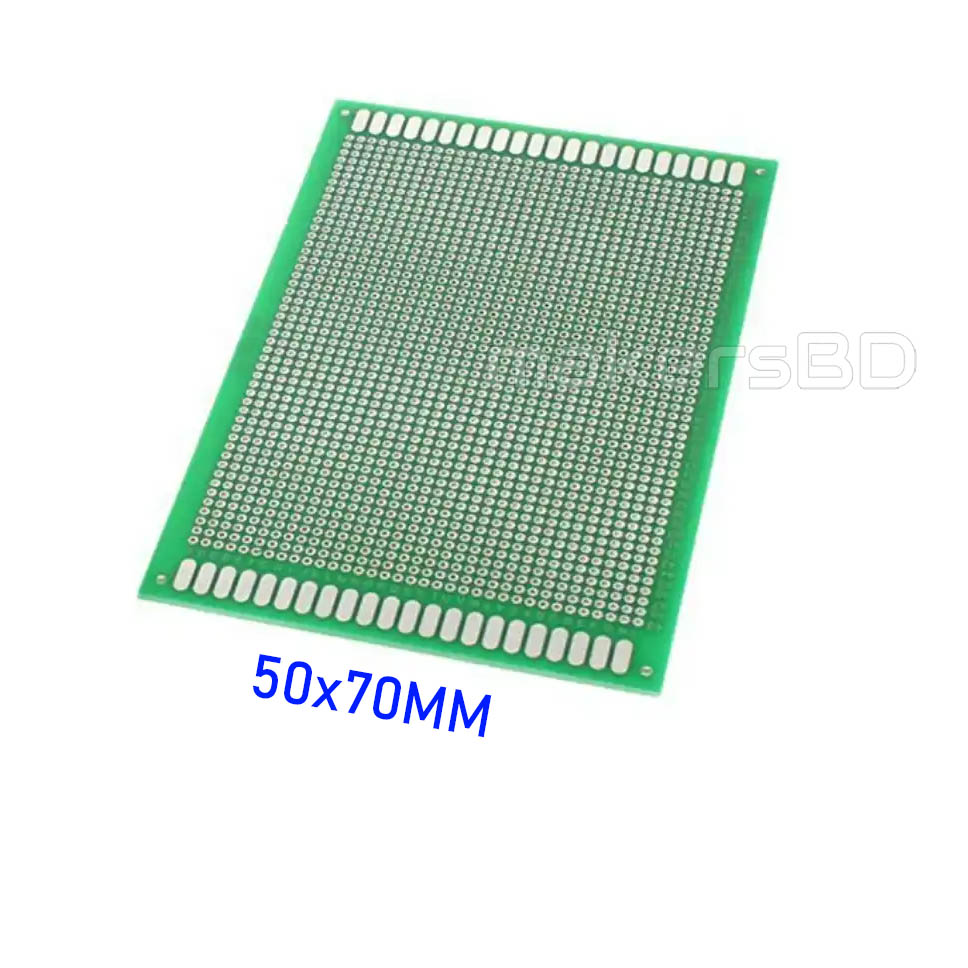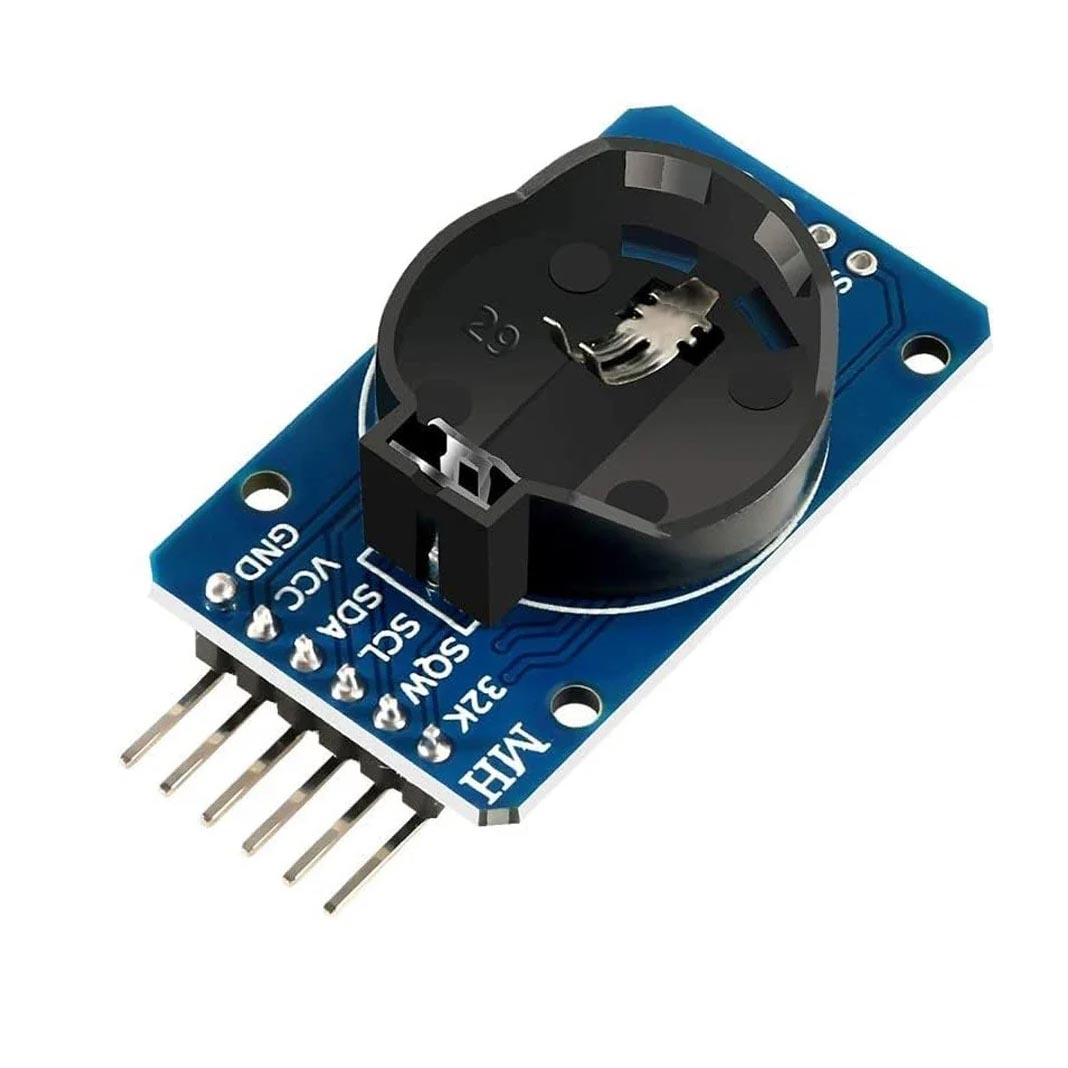20%
OFF



Color Recognition Sensor TCS3200D Module TCS230 Upgraded Version
৳600
৳480
SKU : MK0134
Delivery Information
Home delivery available all over Bangladesh
Standard Delivery
• Inside Dhaka 24 Hours guaranteed delivery.• Outside Dhaka 48 hours guaranteed delivery after order confirmation
Regular Delivery Charge
• Inside Dhaka 60Tk• Outsite Dhaka 120Tk
Cash on Delivery Available
Advance Payment Means Faster Delivery

Download app to enjoy exclusive offers and discounts!
Sold by
MakersBD Gadget & Electronics
Specification
- Using the original imported chip TCS3200 PCB board with gold-plated technology
- TCS3200 is an upgraded version of TCS230 with better effect.
- Power supply 3-5v
- Anti-light interference
- White LED, can control the light, extinguish.
- Can detect the color of non-luminous objects
- PCB size: (L) 33mm * (W) 25mm
Description
Color Sensor Principle
The TCS230 is available in an 8-pin SOIC surface mount package with 64 photodiodes integrated on a single chip. These diodes are divided into four types. Sixteen of these photodiodes have a red filter; 16 photodiodes have a green filter; 16 photodiodes have a blue filter; and the remaining 16 do not have any filter and can transmit the full light information. These photodiodes are cross-arrayed within the chip, which can minimize the unevenness of the incident light radiation and thus increase the degree of color recognition; on the other hand, the 16 photodiodes of the same color are connected in parallel and evenly distributed in the diode array, which eliminates the positional error of the color. During operation, the desired filter is dynamically selected via two programmable pins. The sensor's typical output frequency range is from 2 Hz to 500 kHz, and the user can also select, via two programmable pins, an output scaling factor of 20% or 2%, or a power shutdown mode. The output scaling factor allows the sensor's output to be adapted to different measurement ranges, increasing its adaptability. For example, when using a low-speed frequency counter, a small calibration value can be selected to match the TCS230's output frequency to the counter.
The simple test program is as follows:
#include<reg52.h
#define uchar unsigned char
#define uint unsigned int
sbit S0=P1^0; //S0,S1 is to set the duty cycle of the output.
sbit S1=P1^1.
sbit S2=P1^3; //S2,S3 is to set the mode of light consideration
sbit S3=P1^4; sbit OE=P1^4; //S2,S3 is to set the mode of light consideration.
sbit OE=P1^2; //Enable
void RS232_init()
{
TMOD=0X20; //Timer1 working in mode 1
SCON=0x50.
PCON=0X80; //
TH1=TL1=0XFF;//22.1184M crystal, baud rate set to 115200
TR1=1.
TR1=1; TI=0.
RI=0.
}
void send_char(uchar a) // send data
{
SBUF=a;
while(TI==0);
TI=0;
}
uchar get_char() //receive data
{
while(RI==0);
RI=0;
Return SBUF;
}
uint color_display(uchar m)
uint color_display(uchar m)
uint time,a.
a=m.
TMOD=0x61; //counter 1, timer 0 works in 16-bit mode
TH0=TL0=0; //count from zero, timing
TH1=TL1=0.
S0=1.
S1=1.
S2=m&0x01.
S3=m&0x02.
OE=0.
TR0=TR1=1.
while(TL1<250);
TR1=TR0=0.
OE=1.
time=TH0*256+TL0.
return(time);
}
void main()
{
uint temp;
RS232_init();
OE=1;
while(1)
{
temp=color_display(get_char());
RS232_init();
send_char(temp/1000);
send_char(temp%1000/100);
send_char(temp%100/10);
send_char(temp%10);
}
}
The serial port is used to select the channel for the color type, and then the different colors are determined because they correspond to different times (with the same counting values).
Reviews (0)
Get specific details about this product from customers who own it.
This product has no reviews yet. Be the first one to write a review.
Your review
Related Video
Related Product
31%
Off35%
Off27%
Off19%
Off19%
Off29%
Off15%
Off23%
Off12%
OffProduct Tag
arduino colour id sensor, arduino colour detection sensor,TCS3200D sensor price in bd
 Voltmeter & Testers
Voltmeter & Testers
 Modules Collection
Modules Collection
 Amplifier & Speaker
Amplifier & Speaker
 Diy Project Package
Diy Project Package
 Battery & Charger
Battery & Charger
 Arduino & Raspberry PI
Arduino & Raspberry PI
 Mini Display
Mini Display
 Robotics & Sensors
Robotics & Sensors
 Fan, Motor & Pump
Fan, Motor & Pump
 Clip Connector Switch
Clip Connector Switch
 Tools Collection
Tools Collection
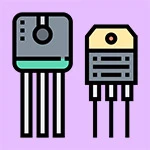 Components & Parts
Components & Parts
 Gadget Zone
Gadget Zone








